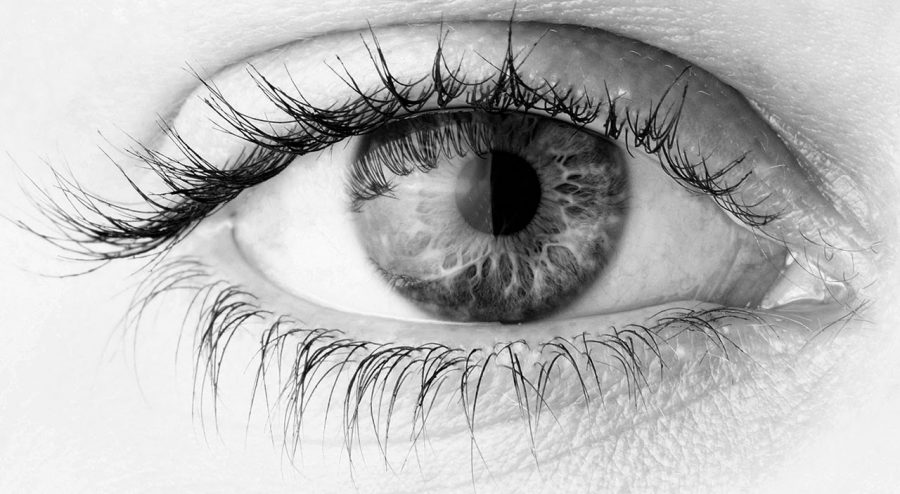Vision loss is feared twice as much as the rest of common complications caused by diabetes. A quarter of people diagnosed with the disease is not discussing this complication with their healthcare professional, according to a worldwide Bayer-funded survey supported by the International Diabetes Federation (IDF), the International Federation on Ageing (IFA), and the International Agency for the Prevention of Blindness (IAPB). The survey focused on diabetic retinopathy (DR).
Diabetic retinopathy poses a threat to the working-age population of most developed countries as it is a leading cause of blindness and highly affects people’s quality of life, as IAPB’s CEO Peter Ackland said in a press release, according to Medscape.

Diabetic macular edema (DME) is a common manifestation of DR, and it happens when blood vessels cause blurred vision after they leak fluid into the patient’s retina. Both DME and DR can cause blindness if the patient is not diagnosed and treated. In contrast, the right screening and treatment can help many people prevent blindness. Every patient with type 1 and type 2 diabetes is at risk of developing both of them, but they can prevent DME and DR with early diagnosis combined with adequate risk assessment.
The number of diabetic patients rose to 415 million adults since 1980, meaning that it has nearly quadrupled in less than four decades. Globally, one in every 11 adults has diabetes while half of them do not even know it. As much as 75 percent of people with diabetes worldwide live in low- and middle-income countries.
Called the DR Barometer, the survey included almost 4340 adults who received a diabetes diagnosis and 2329 healthcare providers in 41 countries. Seventy-nine of people with diabetic retinopathy said that they find it tough to drive, work, and carry out simple household tasks because of their vision loss.
Additionally, 20 percent of patients with DR or DME reported that they are less able to treat their diabetes due to the changes in their vision. Over half of the patients with DR considered their physical health “poor to fair.”
Eye specialists not receiving proper guidance
The study revealed that capacity issues are having a negative impact on access to eye screenings, which are essential to detecting and managing DR and DME.
“DR and DME can be successfully managed with the right screening and treatment; however, many people with diabetes are being placed at unnecessary risk of vision loss due to barriers within the referral system and patient care pathway,” Ackland noted, as quoted by Medscape.
Both adults with diabetes and ophthalmologists who took part in the study reported that “long wait times to schedule an appointment” represented a barrier significantly blocking optimization of eye health, according to Medscape’s article. Moreover, the cost of the examination could be unaffordable to one in three people who manage to book an appointment. Nearly two-thirds of ophthalmologists said they believed late diagnosis severely blocked outcome improvement.
The survey also revealed that 50 percent of all eye specialists noted they do not have access to guidance for the detection and treatment of vision issues caused by diabetes. More than 50 percent of these health care providers reported that people diagnosed with diabetes seek medical help when their vision problems have already manifested. In many cases, they said, it is too late.
Medical organizations call on governments to focus on diabetic eye health
Dr. Jane Barratt, secretary general at the International Federation on Ageing, pointed out in the press statement that the barriers exposed in the DR Barometer Study must be taken seriously to improve management of diabetes complications as the number of people at risk rises.
Barratt remarked that a patient’s age, income or personal address should not play a significant role in determining how healthcare providers manage and treat their diabetes or any of its complications.
For his part, David Cavan, MD and head of policy and programs at the International Diabetes Federation, pointed out that this year’s World Diabetes Day is focused on Eyes on Diabetes because the role of eye health is crucial regarding diabetes management.
“The DR Barometer Study offers a number of steps that need to be taken now to prevent further vision loss from diabetes, and we urge governments around the world to seriously consider how current approaches to diabetic eye disease can be improved,” Cavan stated, according to Medscape.
Source: Medscape
